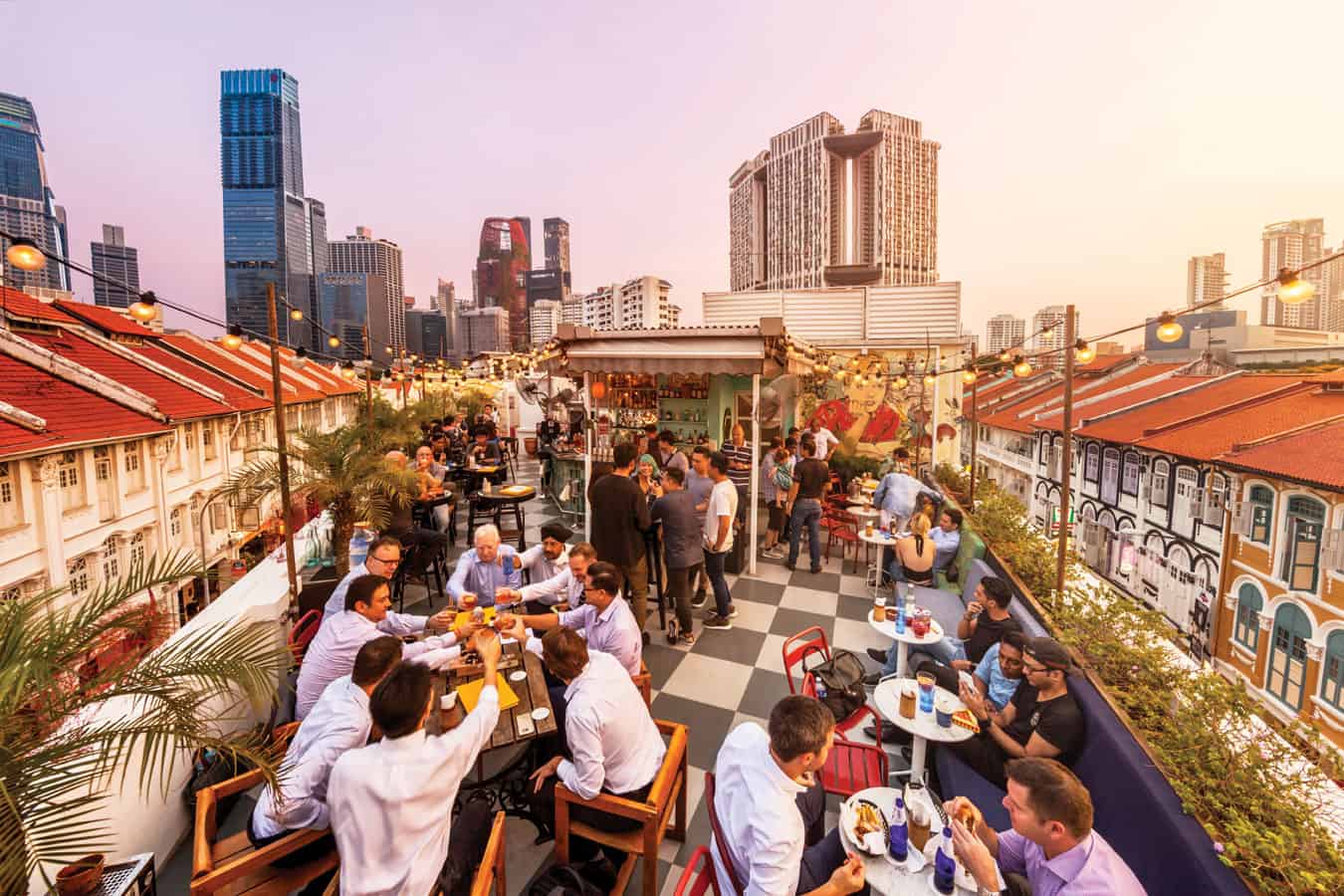
Food is “an integral part of our DNA and a vehicle through which we communicate with and understand each other,” explains Singaporean Kershing Goh, who is also the Singapore Tourism Board’s regional director of the Americas.
“I am not joking when I say that we eat at all hours of the day!” This bodes well for visiting meeting and incentive groups that often connect with and understand a destination through food. Goh says the demand for experiential culinary has recently shifted to the transformational as attendees pivot toward activities “that enable them to discover what they can become” and those that “speak to their innate desire to become someone different because they have indulged their passion.” And while connecting like-minded attendees has historically been reserved for conventions, the veer toward the transformational is adding new layers to meetings and incentives as well.
Singapore’s culinary scene addresses this trend in numerous ways. Open Farm Community, a collective of sustainable local farms and innovators, offers an array of masterclasses on everything from herb-infused ice cream for up to 15 attendees to “changkol swigging” urban farmer gardening for 20. Groups can also dine on seasonal, locally inspired gourmet dishes. During the “Kampong Cooking Escapade” in Pulau Ubin, groups create a dish in a kampong (village) home. The escapade begins during a 10-minute bumboat ride from Singapore to the northeastern island, where attendees are catapulted back to 1960s Singapore and what used to be rustic village life. Another example is Singapore’s hawker centres, or open-air complexes housing an array of food stalls—some of which are Michelin-rated. Hawkers plunge groups into the heart of the city-state via a harmonious cultural infusion of Chinese, Malay and Indian dishes. The concept is so popular that culinary guru Anthony Bourdain pays homage to the hot spots in the recently opened Bourdain Market in New York City.
“Every neighborhood in Singapore typically has its own hawker center to serve the local community there,” Goh says, recommending the tian tian chicken rice, a Michelin Bib Gourmand awardee in Chinatown’s Maxwell Food Centre. “It is not to be missed.”
Kampong Glam, once the seat of Malay royalty that is now the Malay-Arab quarter, offers many hawker options from local delicacies like Malay kuih (cakes) to Middle Eastern, Japanese, Swedish and Mexican fare. Groups can check out the stunning Sultan Mosque before heading over to colorful Haji Lane, dotted by quirky boutiques, hip bars and cafes. In the one-north business district, Timbre+ gastropark and its graffiti art shipping container food stalls is yet another cool hawker centre for groups to dine. Here, meeting and incentive groups will also enjoy live music and limited edition seasonal beers in an energetic start-up environment. Of course, exclusive F&B can also be arranged—whether booking an outside-the-box restaurant in an iconic heritage building (quirky Potato Head near the Maxwell Food Centre spans four floors), horticultural-inspired dining at Gardens by the Bay or taking the four-masted Royal Albatross out for a spin. The much anticipated Intercontinental Singapore Robertson Quay, offering 225 studios and suites, will also offer transformational experiences via its Insider Collection.
“Moving forward,” Goh says, “we believe that culinary experiences will continue to trend toward attendees being able to be a part of a community of like-minded individuals. We have local groups and operators with experiences that allow them to participate as part of the Singapore foodie community, and spend a meal interacting with people with similar culinary passions. It’s no longer just about eating, but about learning, sharing and being transformed by this.”










